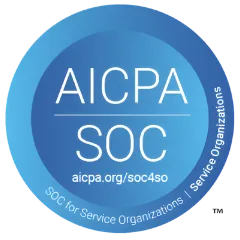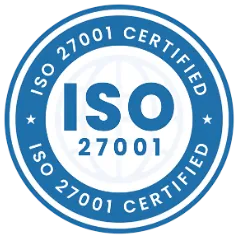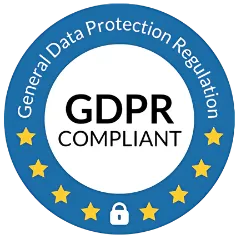Understanding the Concept of Ghost, Phantom, and Zombie Assets
In the realm of asset management, "ghost assets" refer to assets that are listed on a company's books but are no longer in use, have been lost, stolen, or destroyed without the company's knowledge. Despite no longer being physically present or operational, these assets continue to appear in financial records, leading to inaccuracies in reporting and potential financial and operational inefficiencies.
Similarly, "phantom assets" are assets that appear in records due to accounting errors or duplicate entries, but they never existed in the first place. These phantom assets, like ghost assets, can distort financial statements and lead to incorrect asset valuations.
"Zombie assets," on the other hand, are assets that still exist physically but are underutilized or no longer contribute to the company’s operations. These assets may still require maintenance, insurance, and storage costs, but they provide little to no return on investment.
Common Causes of Ghost, Phantom, and Zombie Assets
Ghost, phantom, and zombie assets typically arise from several common causes, which can be mitigated through rigorous processes of asset management:
- Lack of Regular Physical Audits: One of the most prevalent causes of ghost and phantom assets is the failure to conduct regular physical audits of assets. Without periodic verification, assets that are lost, stolen, or never existed can remain on the books long after they should have been removed.
- Inadequate Tracking Systems: When a company lacks an efficient asset management system, it becomes challenging to track the status and location of assets accurately. This can lead to assets being misclassified, lost in the system, or simply forgotten, creating zombie assets.
- Poor Record Keeping and Data Entry Errors: Phantom assets often result from accounting errors, such as duplicate entries or incorrect data input. Similarly, ghost assets can appear if asset additions and disposals are not meticulously recorded, leading to discrepancies between physical assets and recorded data.
- Human Error: Mistakes during data entry, asset transfers, or disposal processes can easily create ghost, phantom, and zombie assets. For example, failing to remove an asset from the register after it has been scrapped or sold can result in it lingering as a ghost asset, while phantom assets may appear due to incorrect data input.
Risks Associated with Ghost, Phantom, and Zombie Assets
The presence of ghost, phantom, and zombie assets in a company’s books can pose several risks, both financial and operational:
- Inaccurate Financial Reporting: Ghost assets and phantom assets inflate the value of a company’s asset base, leading to incorrect financial statements. This can mislead stakeholders about the company's financial position and impact investment and lending decisions.
- Depreciation Distortions: Depreciation calculations become inaccurate when ghost, phantom, and zombie assets are included. For ghost and phantom assets, depreciation continues to be recorded despite the assets no longer existing or never having existed, leading to overstated expenses. For zombie assets, the depreciation may not reflect their actual utility, further distorting financial reports.
- Increased Insurance Costs: If ghost, phantom, or zombie assets are insured, companies may be paying premiums for assets that no longer exist or are not in use, leading to unnecessary expenses.
- Regulatory Compliance Issues: Companies that fail to maintain accurate asset records may face regulatory scrutiny, fines, or penalties. Ghost and phantom assets can complicate audits and make it difficult to demonstrate compliance with financial reporting standards.
- Inefficient Resource Allocation: Ghost and zombie assets can distort the perception of asset availability, leading to inefficient resource allocation. For example, a company may delay purchasing new equipment because it mistakenly believes sufficient assets are already available.
Strategies for Effective Zombie Asset Management
Managing zombie assets effectively is crucial for optimizing asset utilization and reducing unnecessary costs. Here’s how:
- Regular Asset Utilization Reviews: Conduct periodic reviews of asset utilization to identify zombie assets. This process involves analyzing how frequently and effectively each asset is used and determining whether it still adds value to the organization.
- Reallocation or Redeployment: If a zombie asset is found to be underutilized, consider reallocating it to another department or project where it can be put to better use. Re-deploying underutilized assets can help maximize their value and avoid unnecessary purchases.
- Disposal of Non-Performing Assets: When assets are determined to be non-performing or obsolete, they should be removed from the company’s books through a structured disposal process. This can involve selling the asset, donating it, or recycling it if it has no residual value.
- Leveraging Asset Management Software: Using robust asset management software can help track asset utilization and identify zombie assets more effectively. Automated alerts, utilization reports, and real-time tracking features ensure that no asset remains idle for too long without being reviewed.
Differences Between Ghost, Phantom, and Zombie Assets in the Process of Asset Management
While ghost, phantom, and zombie assets may sound similar, they differ in how they impact the process of asset management:
- Existence vs. Utilization: Ghost assets are assets that no longer exist but remain on the books, while phantom assets never existed in the first place. Zombie assets still exist physically but are underutilized or not used at all.
- Financial Impact: Ghost and phantom assets lead to inaccuracies in financial reporting and increased insurance costs, while zombie assets contribute to operational inefficiencies and maintenance costs without providing corresponding benefits. Depreciation for ghost and phantom assets distorts financial records, while for zombie assets, it may not reflect their actual utility.
- Identification and Management: Ghost and phantom assets are typically identified through physical audits and reconciliation processes, while zombie assets are recognized through utilization reviews and performance tracking.
- Removal: Ghost asset removal involves correcting the records to eliminate non-existent or erroneously recorded assets, whereas zombie assets removal focuses on optimizing or disposing of underperforming assets.
How to Safeguard Your Business from Ghost and Phantom Assets With an Asset Management System
To protect your business from the financial and operational risks associated with ghost and phantom assets, it is essential to implement a comprehensive asset management system:
- Automated Asset Tracking: Asset management software offers automated tracking capabilities, reducing the likelihood of ghost and phantom assets by maintaining up-to-date records of all assets and their status. Features like RFID tagging, QR/Barcode scanning, and GPS monitoring ensure that assets are accurately tracked throughout their lifecycle.
- Regular Audits and Reconciliation: Utilize asset management software to schedule and perform regular physical audits of assets. The software can facilitate the reconciliation of physical assets with digital records, identifying discrepancies and ensuring that ghost and phantom assets are promptly addressed.
- Data Integrity and Record Keeping: Asset management software helps maintain the integrity of asset records by providing secure, centralized storage for asset data. Automated workflows ensure that all asset transactions, including disposals and transfers, are accurately recorded, reducing the risk of phantom assets appearing in records.
- Real-Time Reporting and Alerts: With real-time reporting and alerts, asset management software can notify you of potential ghost, phantom, or zombie assets, such as assets that haven’t been tracked for a certain period or that are underutilized. This proactive approach enables timely intervention before these issues accumulate.
Conclusion
Ghost, phantom, and zombie assets pose significant risks to businesses, from financial inaccuracies to operational inefficiencies. By understanding the differences between these types of assets and implementing effective management strategies, including ghost asset removal and zombie assets removal, companies can safeguard their financial health and optimize asset utilization. An effective asset management system plays a crucial role in preventing and managing these assets, ensuring that businesses maintain accurate records and maximize the value of their assets.
Frequently Asked Questions (FAQs)
How Can I Identify Ghost Assets in My Business?
Ghost assets can be identified through regular physical audits of assets and reconciliation of asset records with actual physical inventory. Utilizing asset management software with real-time tracking and audit capabilities can help streamline this process.
What Are the Consequences of Ignoring Ghost, Phantom, and Zombie Assets?
Ignoring ghost, phantom, and zombie assets can lead to inflated financial statements, increased insurance costs, compliance issues, and inefficient resource allocation. Over time, these consequences can significantly impact a company’s financial health and operational efficiency.
What Are the Best Practices for Managing Ghost and Zombie Assets?
Best practices for managing ghost and zombie assets include conducting regular physical audits of assets, maintaining accurate records, using asset management software, and implementing automated tracking systems like RFID and QR codes to ensure assets are accounted for in real-time.
What Are the Best Tools for Managing Ghost, Phantom, and Zombie Assets?
The best tools for managing ghost, phantom, and zombie assets include comprehensive asset management software that offers features like real-time tracking, automated alerts, audit and reconciliation tools, and utilization reports. These tools help ensure accurate record-keeping and effective asset utilization.

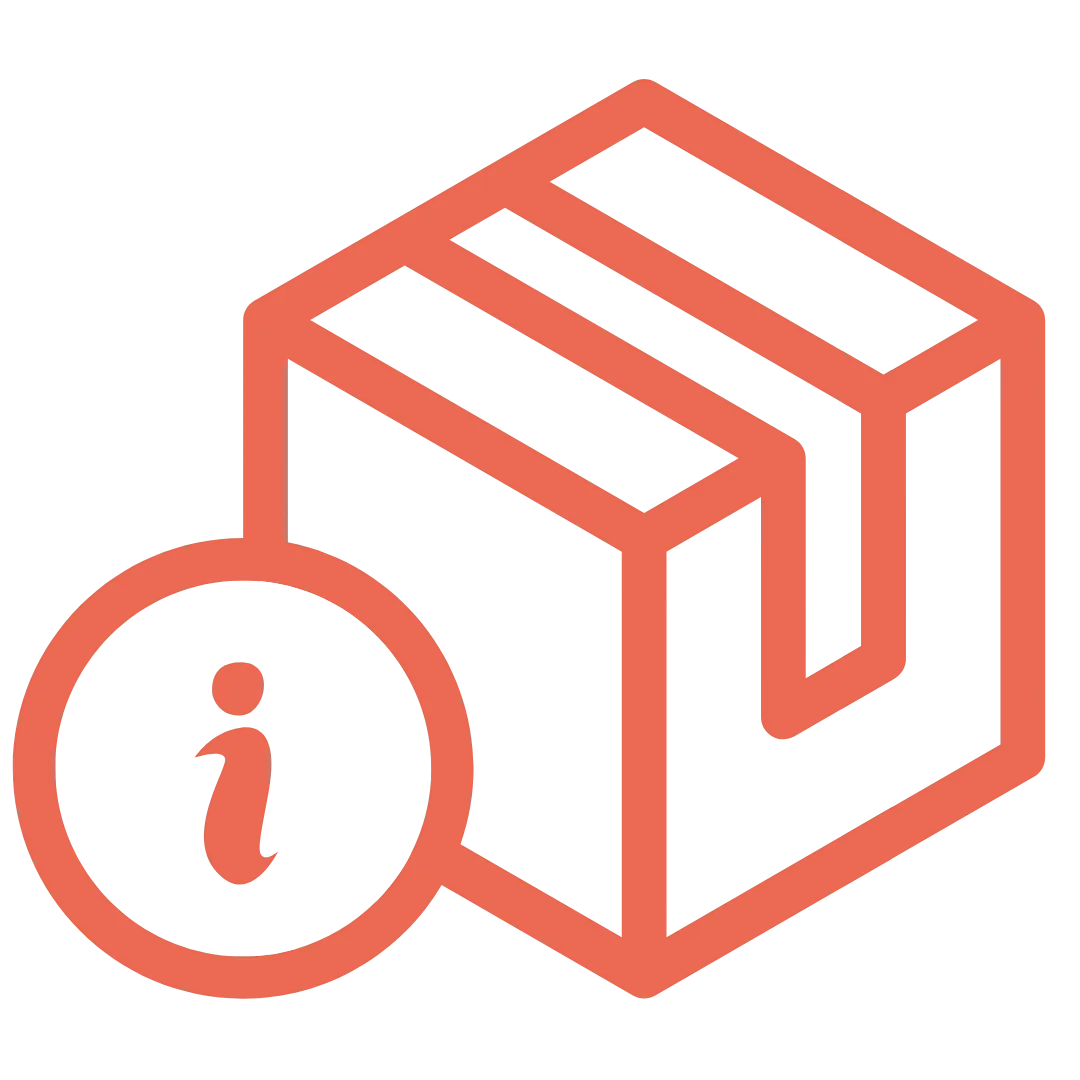
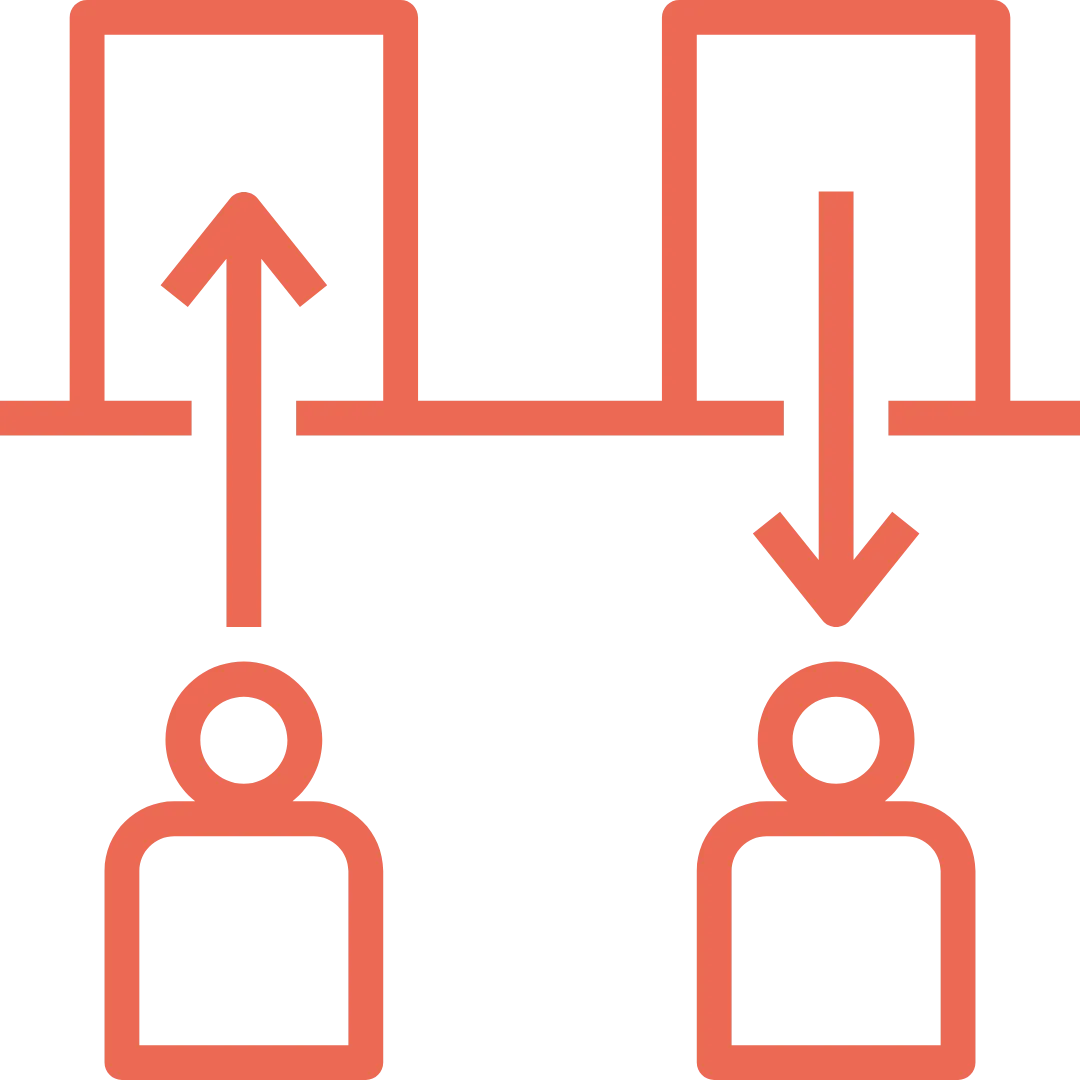
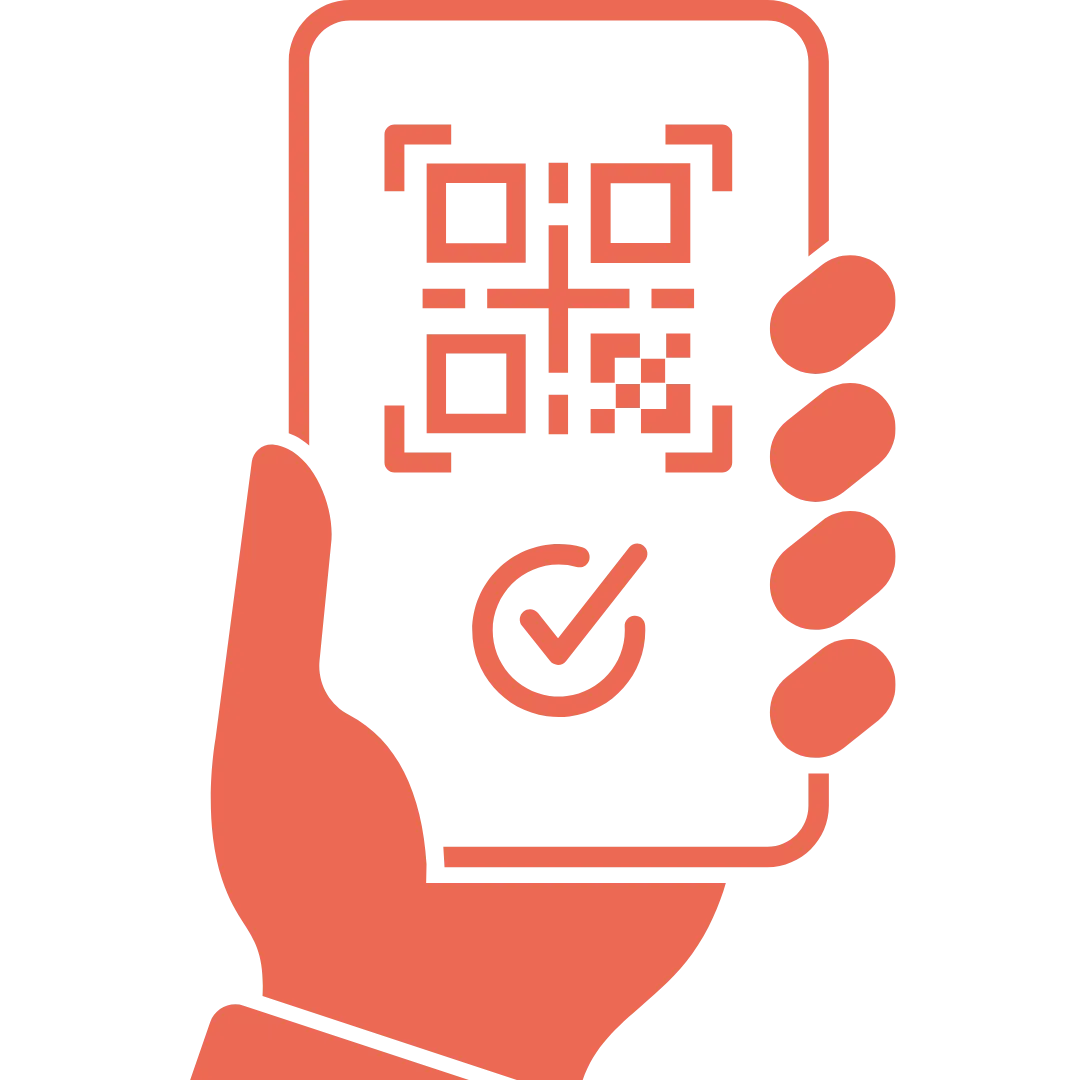
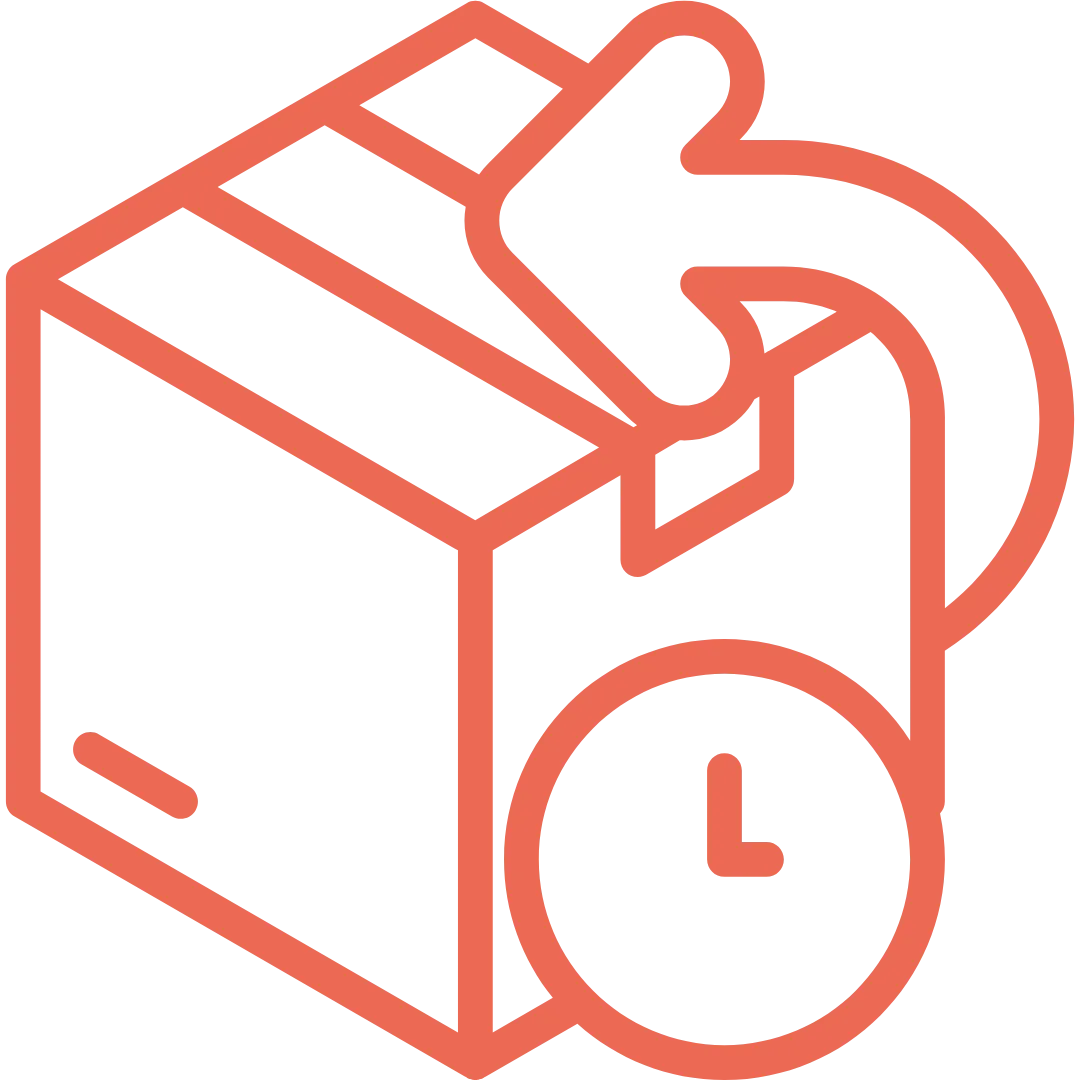




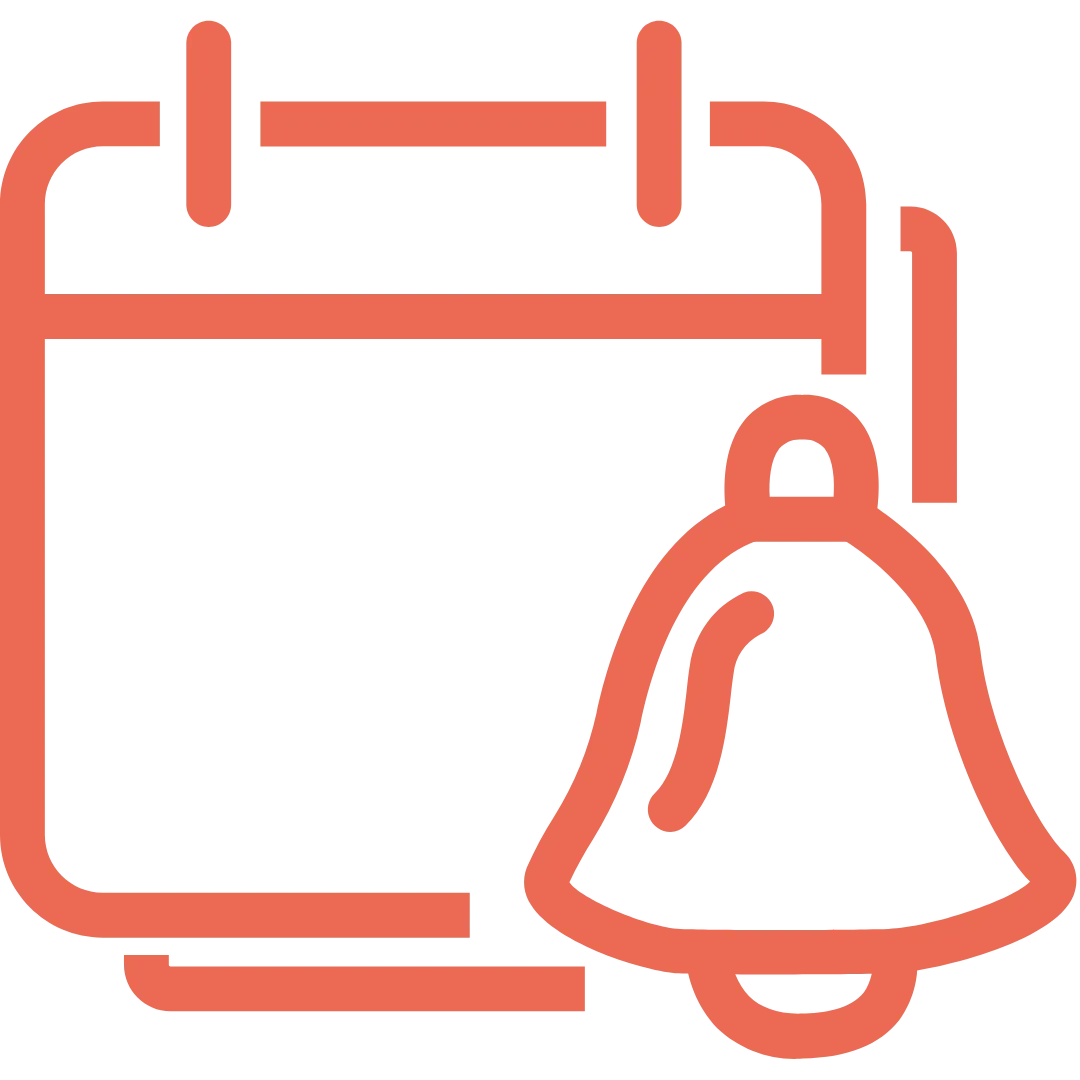

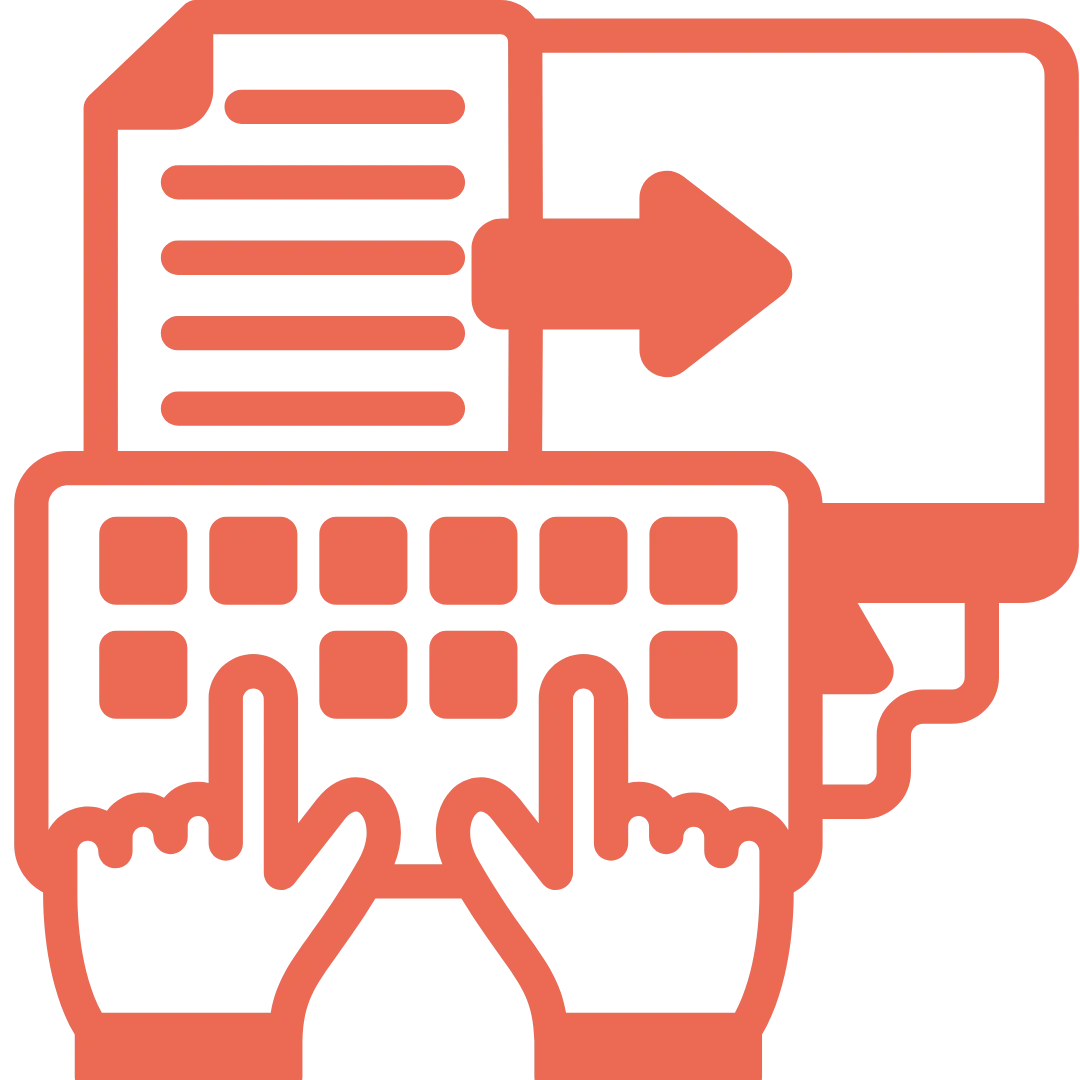
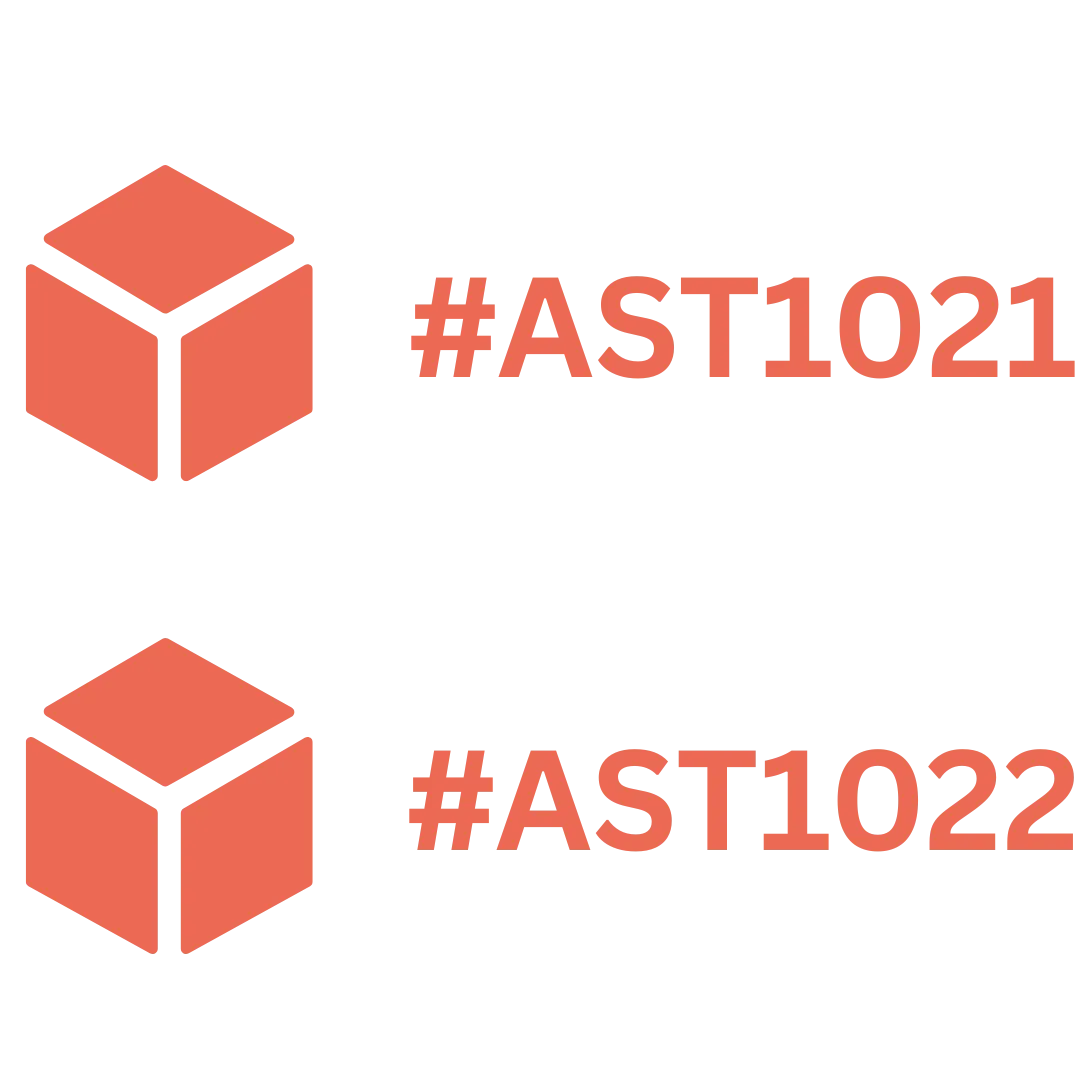
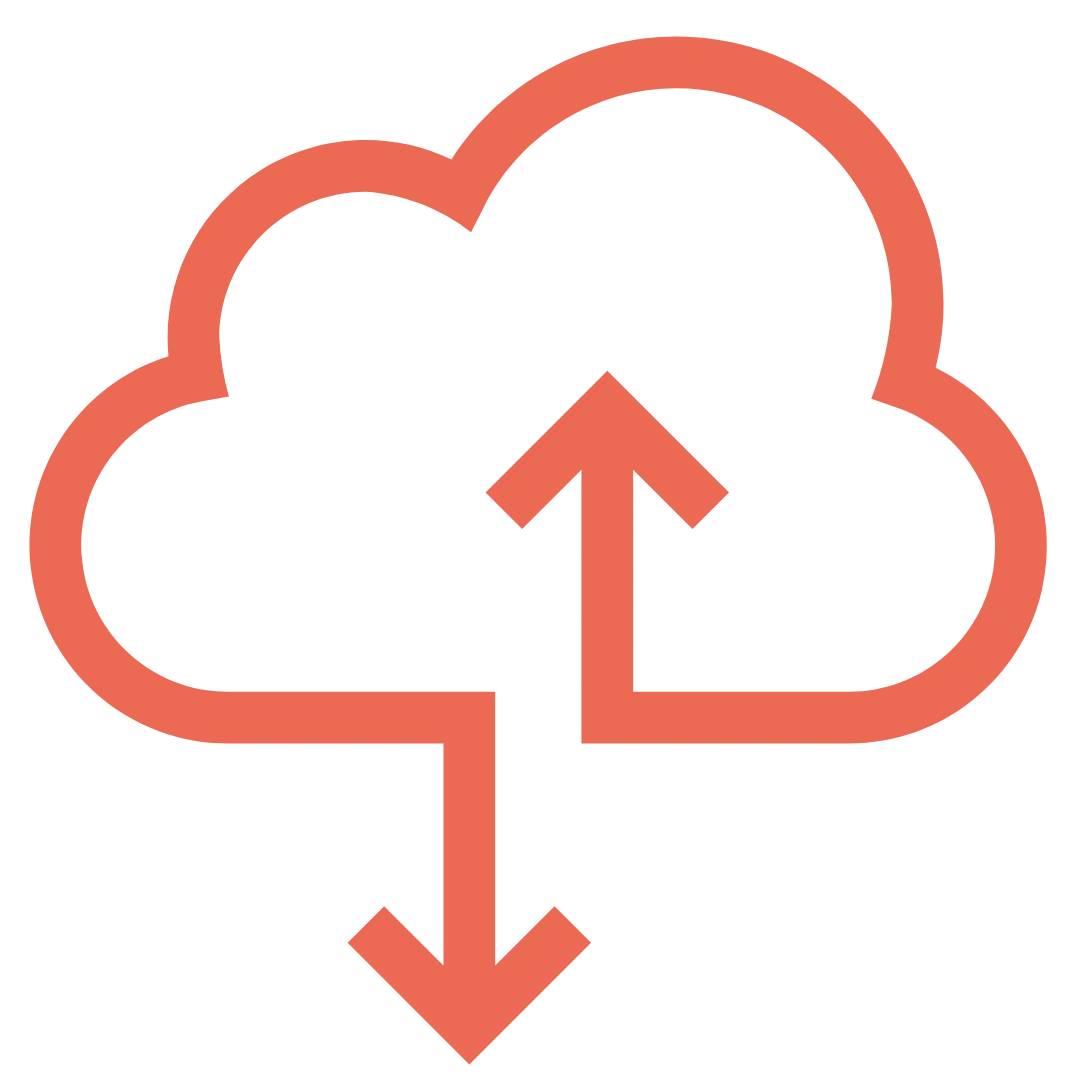




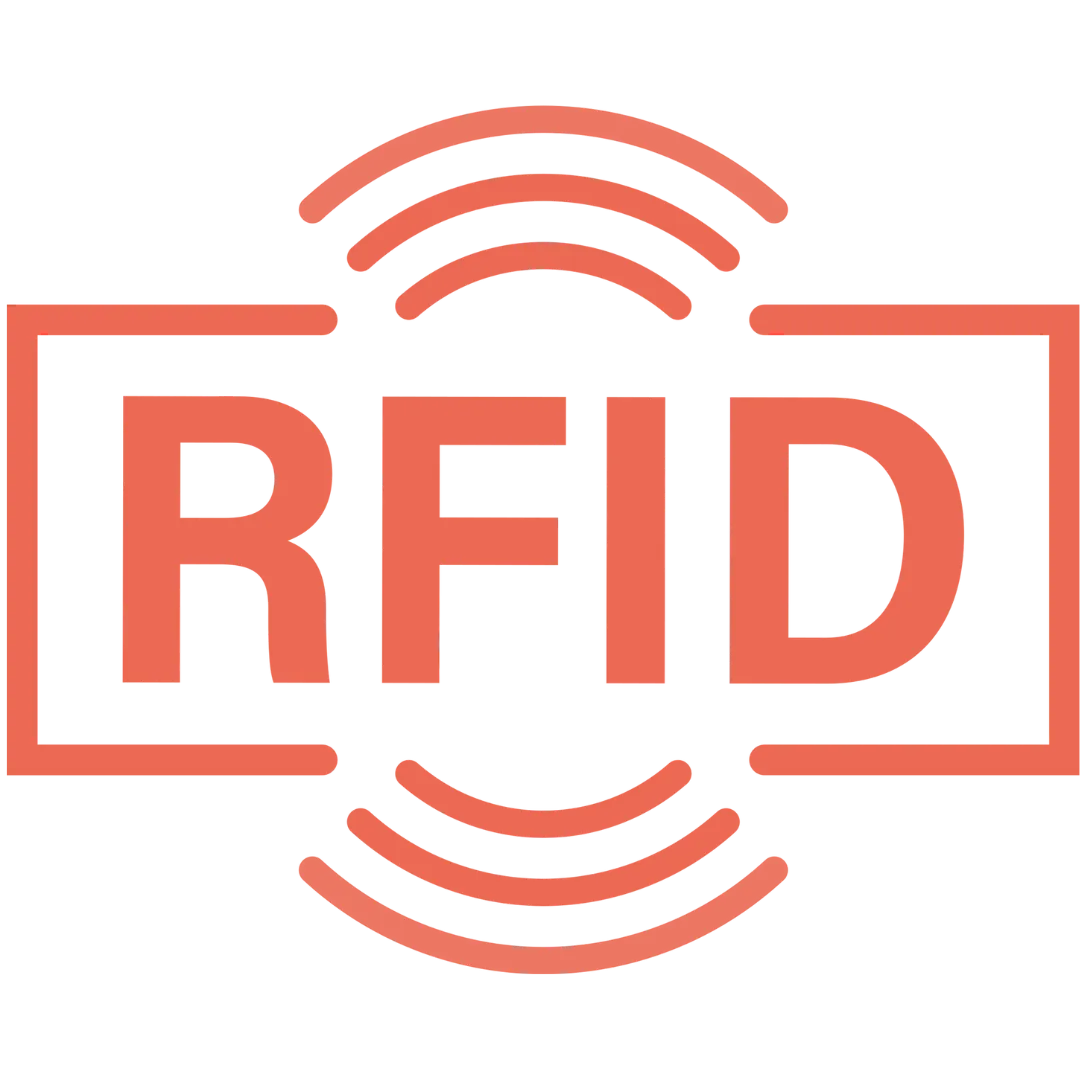

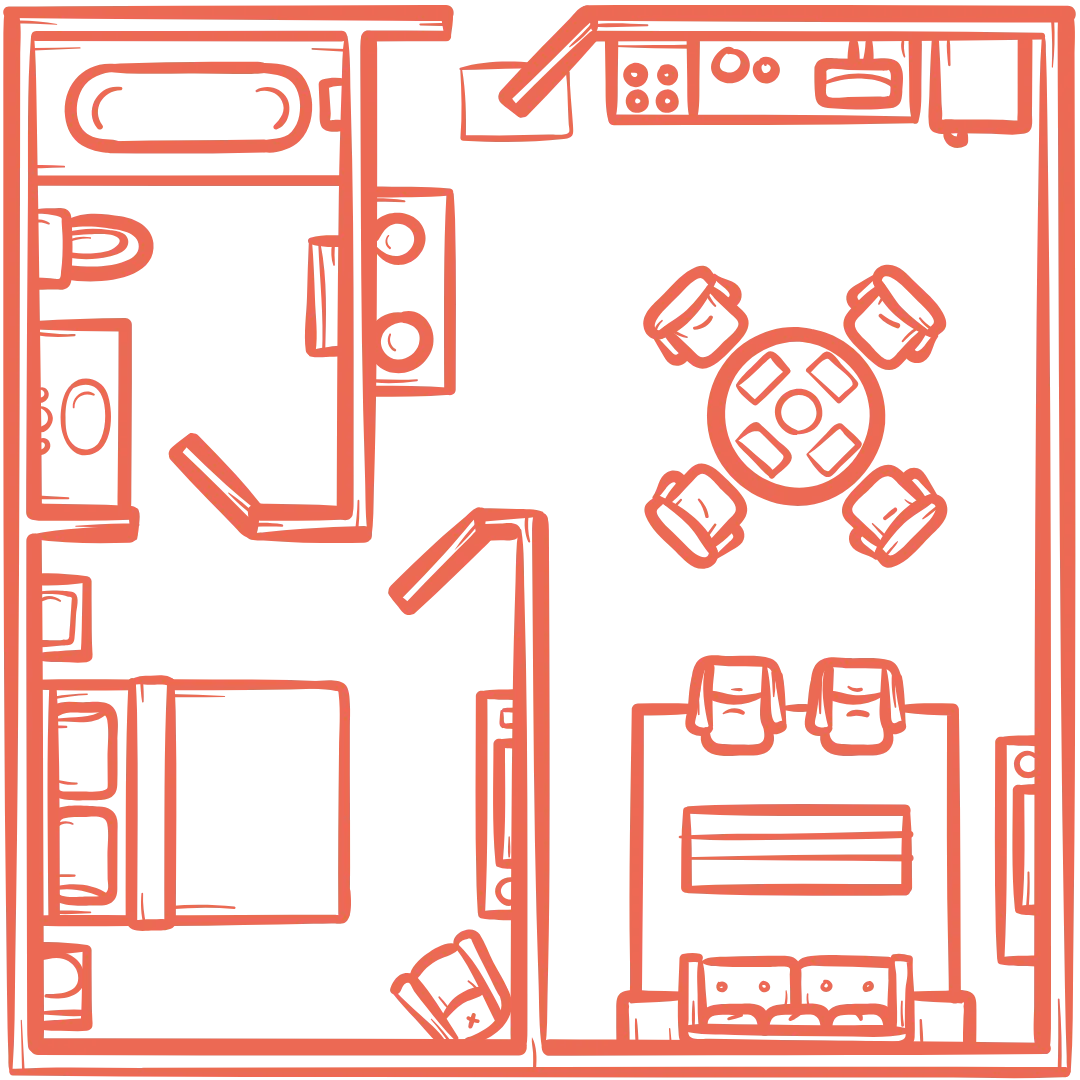




























.webp)
.webp)
.webp)
.webp)
.webp)
.webp)
.webp)
.webp)
.webp)

.svg)




.webp)
.webp)
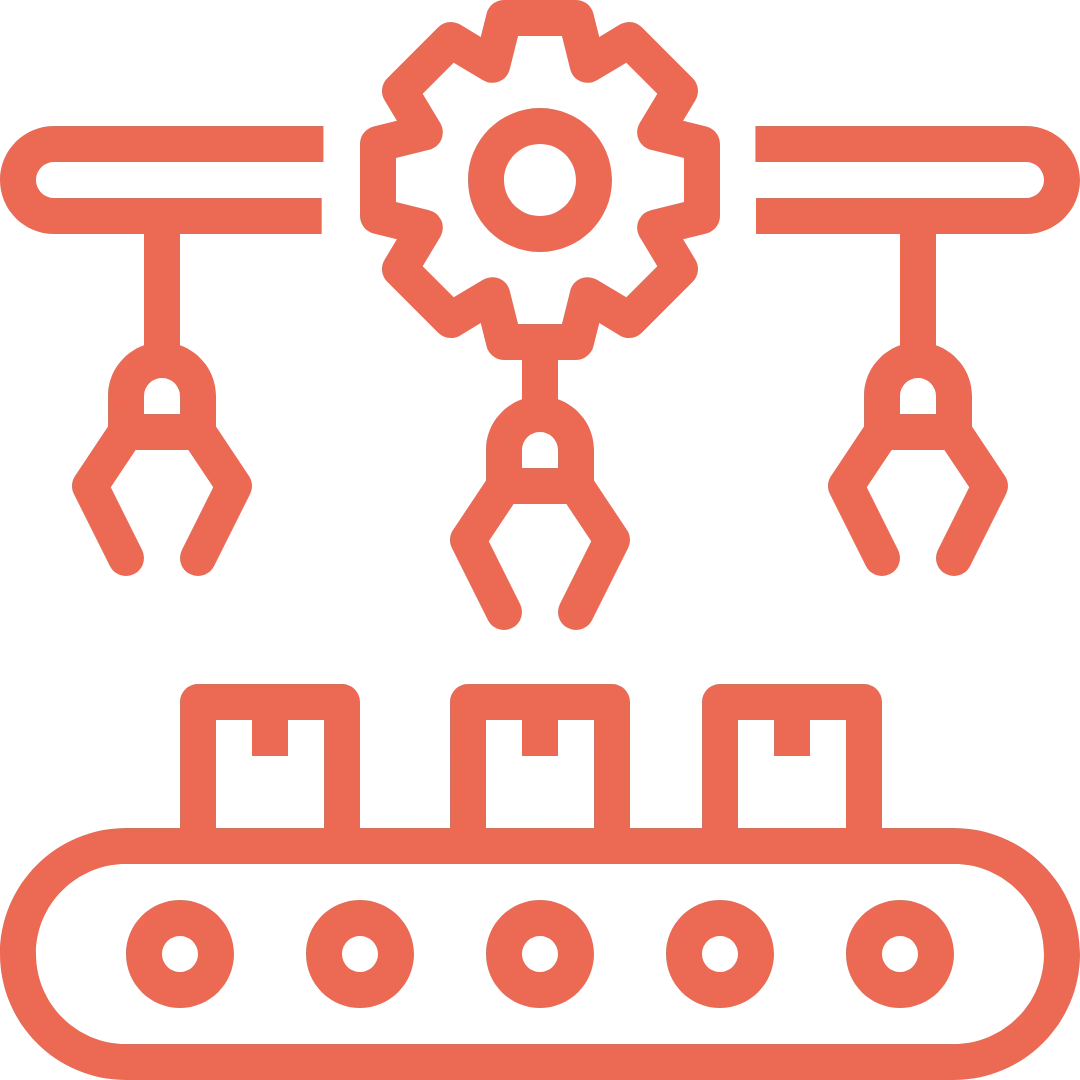





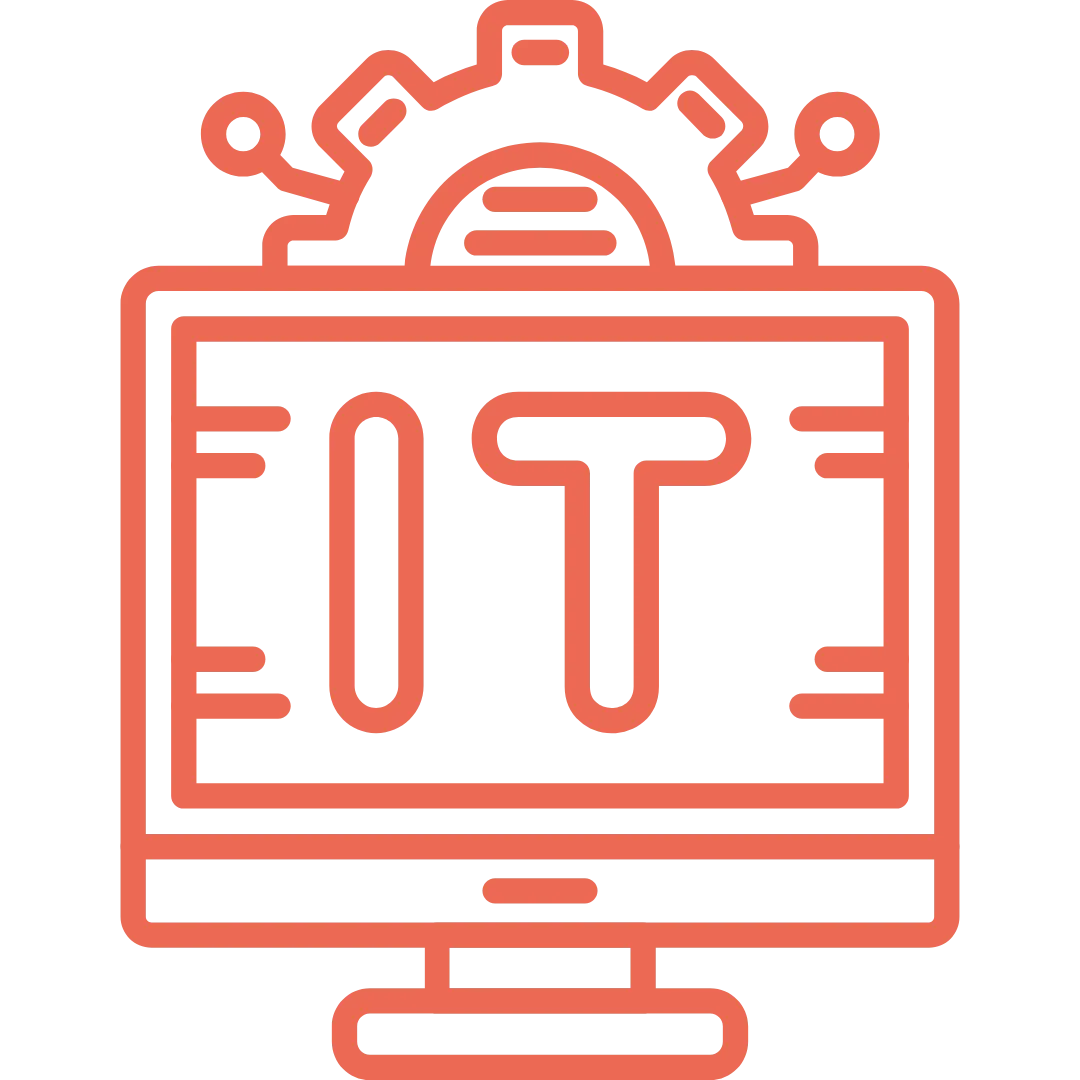


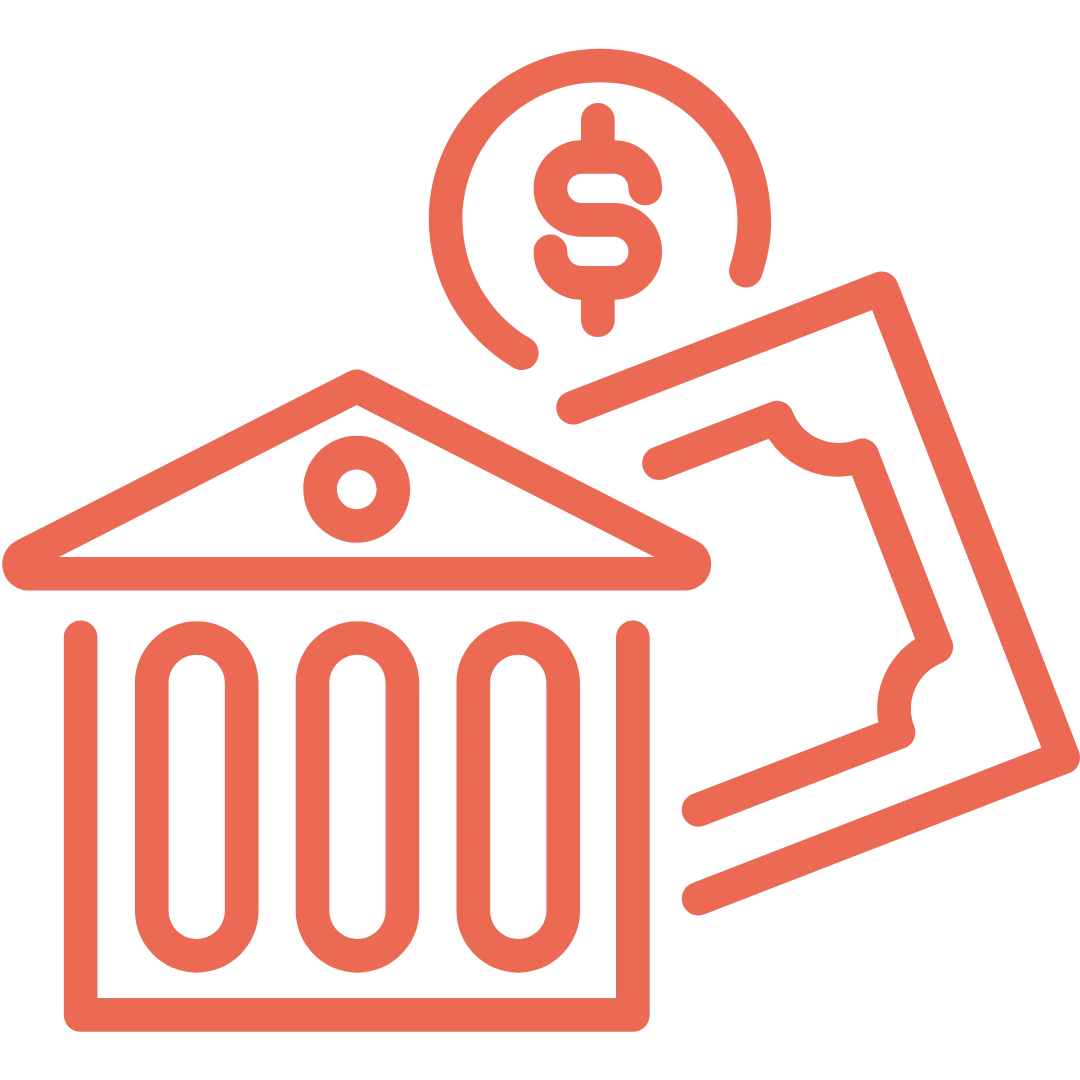





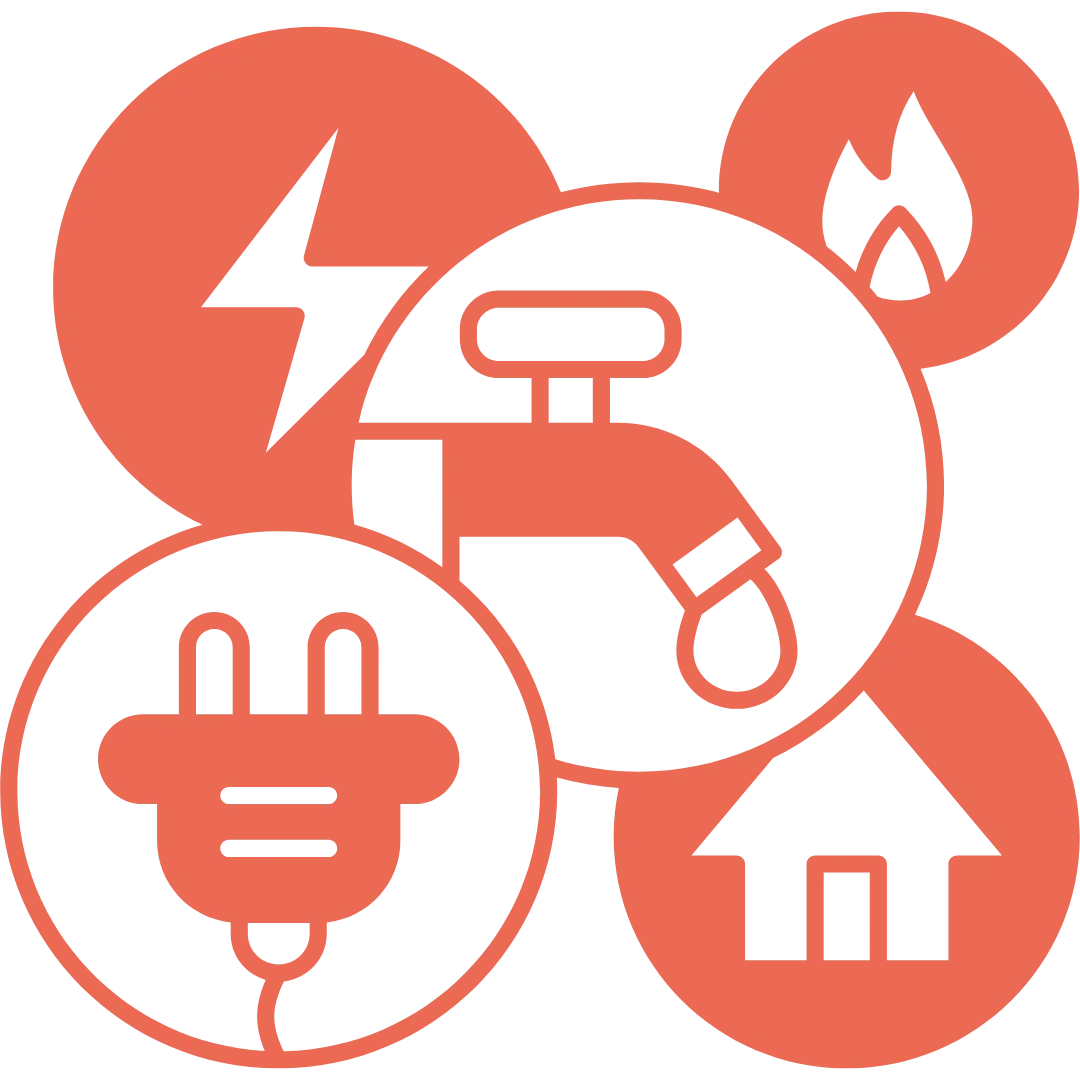



























.png)


.webp)

















